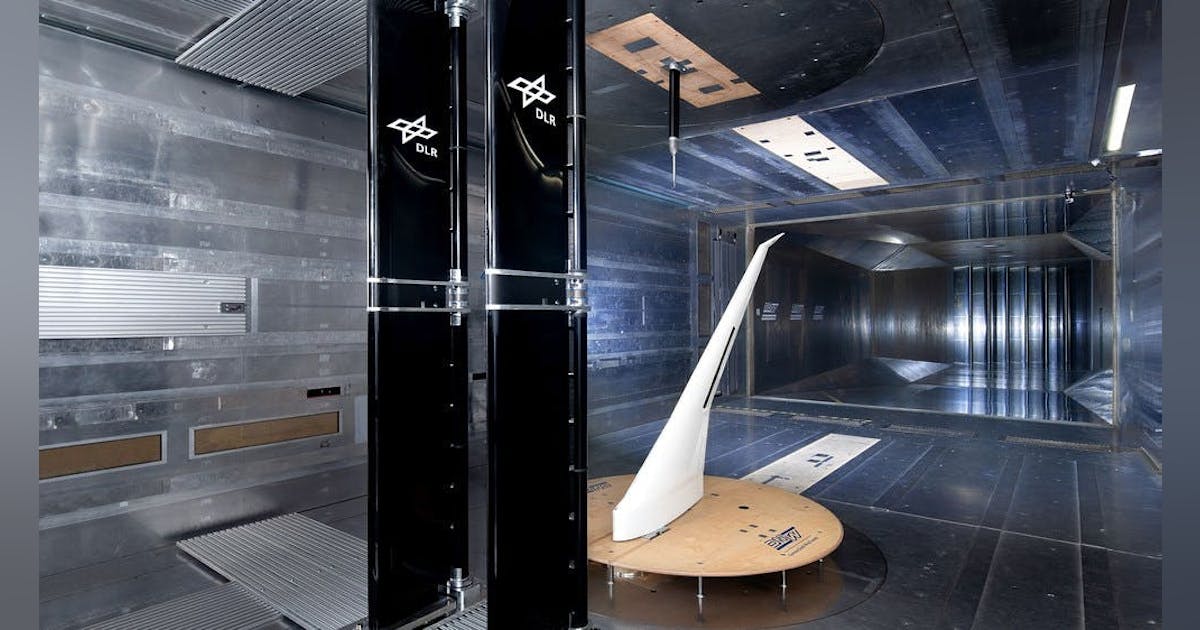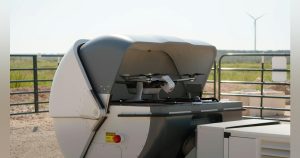Enhancing Efficiency and Comfort in Commercial Aircraft
March 10, 2025 – The integration of intelligent load control systems in commercial aircraft is paving the way for improved efficiency and passenger comfort. According to the German Aerospace Center (DLR), these technologies can detect wind gusts in advance and automatically adjust the aircraft’s control surfaces.
Researchers working on the oLAF (Optimal Load-adaptive Aircraft) project at DLR have shown that this innovative approach reduces wing loads, enhances passenger comfort, and boosts fuel efficiency by up to 7.2%. Furthermore, it significantly lowers carbon dioxide emissions.

In Cologne, Germany, significant advancements are necessary to enhance both comfort and efficiency in air travel. Researchers stress the importance of intelligent load control systems that can swiftly adapt to wind gusts and maneuvers, modifying flaps and control surfaces in real time. This technology not only alleviates aerial turbulence but also minimizes structural stress on the aircraft, thus extending its operational lifespan.
Project manager Lars Reimer of the DLR Institute of Aerodynamics and Flow Technology highlighted the role of modern sensors, including lasers and LiDAR, in measuring wind patterns and identifying gusts early. These systems allow aircraft to respond precisely to environmental conditions, increasing the responsiveness of rudders and flaps.
Reimer noted that advanced load control systems lead to better aerodynamics and efficiency in modern commercial jets.
For further information, read the original article by DLR here.
Related Coverage
- Climate Change and Airplane Turbulence
- Lockheed Martin Tackles Turbulence
- NASA’s Study on Air Taxi Turbulence
Written by Jamie Whitney, Senior Editor – Military + Aerospace Electronics













